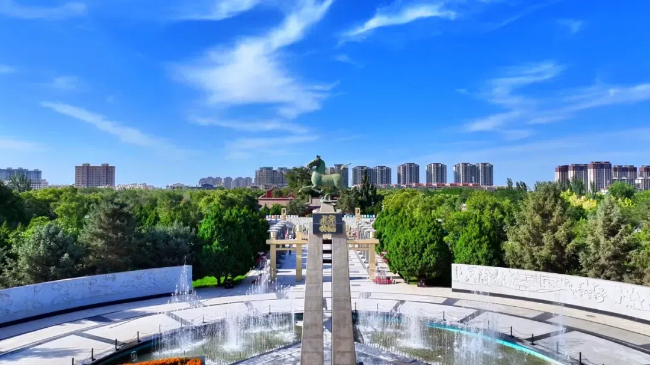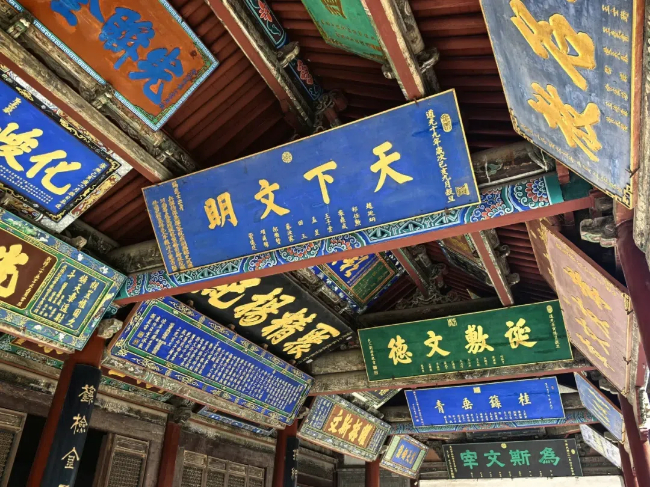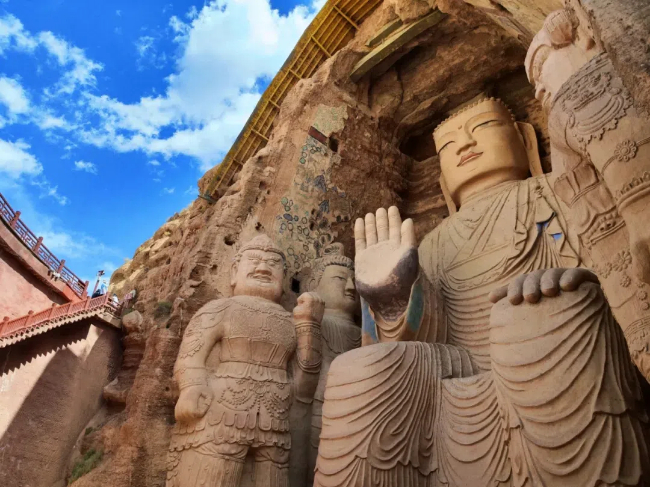Admire rich cultural relics, treasures in Gansu's Wuwei
Here is a handy historical and cultural tour route guide for visitors who want to admire the rich cultural relics and treasures of Wuwei city, Northwest China's Gansu province.
When you talk about Wuwei, the well-known Matafeiyan, a bronze galloping horse's hoof stepping on a flying swallow, unearthed from the Leitai Tomb of the Eastern Han Dynasty (25-220) in Wuwei may come to mind.
The Leitai Han Culture Museum, on its excavation site, is a must-visit.

Matafeiyan displays an agile physique and a divine aura that is as agile as flying. [Photo/WeChat account: wuweitour]
The second stop is the Wuwei Confucius Temple, consisting of the Wenchang Palace in the east, the Confucius Temple in the center and the Confucian Academy to the west.
It is simply the biggest and most well-preserved Confucian temple in China's northwest region.

A total of 46 well-preserved plaques adorn the Wuwei Confucius Temple. [Photo/WeChat account: wuweitour]
The third must-see place is the Liangzhou Huimeng Memorial Hall, formerly the White Pagoda Temple. It is a historical witness to the forming of the "Liangzhou Talk" in 1247, ending over 400 years of chaos in the Xizang autonomous region.
Tourists can listen to the eloquent silence of the pagodas and feel the swirl of events in the eddy of the breeze as it brushes against them.
In addition, to explore the charms of Buddhism over the passage of thousands of years, the Tianti Mountain Grottoes in Wuwei can't be missed. The most awe-inspiring is Cave 13, with the statue of Shakyamuni, the historical founder of Buddhism, reaching a lofty height of 28 meters in the center.

The extraordinary 28-meter-high statue of Shakyamuni in the Tianti Mountain Grottoes. [Photo/WeChat account: wuweitour]
-
As AI encounters Dunhuang's art, the ancient caisson ceiling bridges centuries to the present.
View all stories

 Gansu thrives from green development
Gansu thrives from green development  >
>